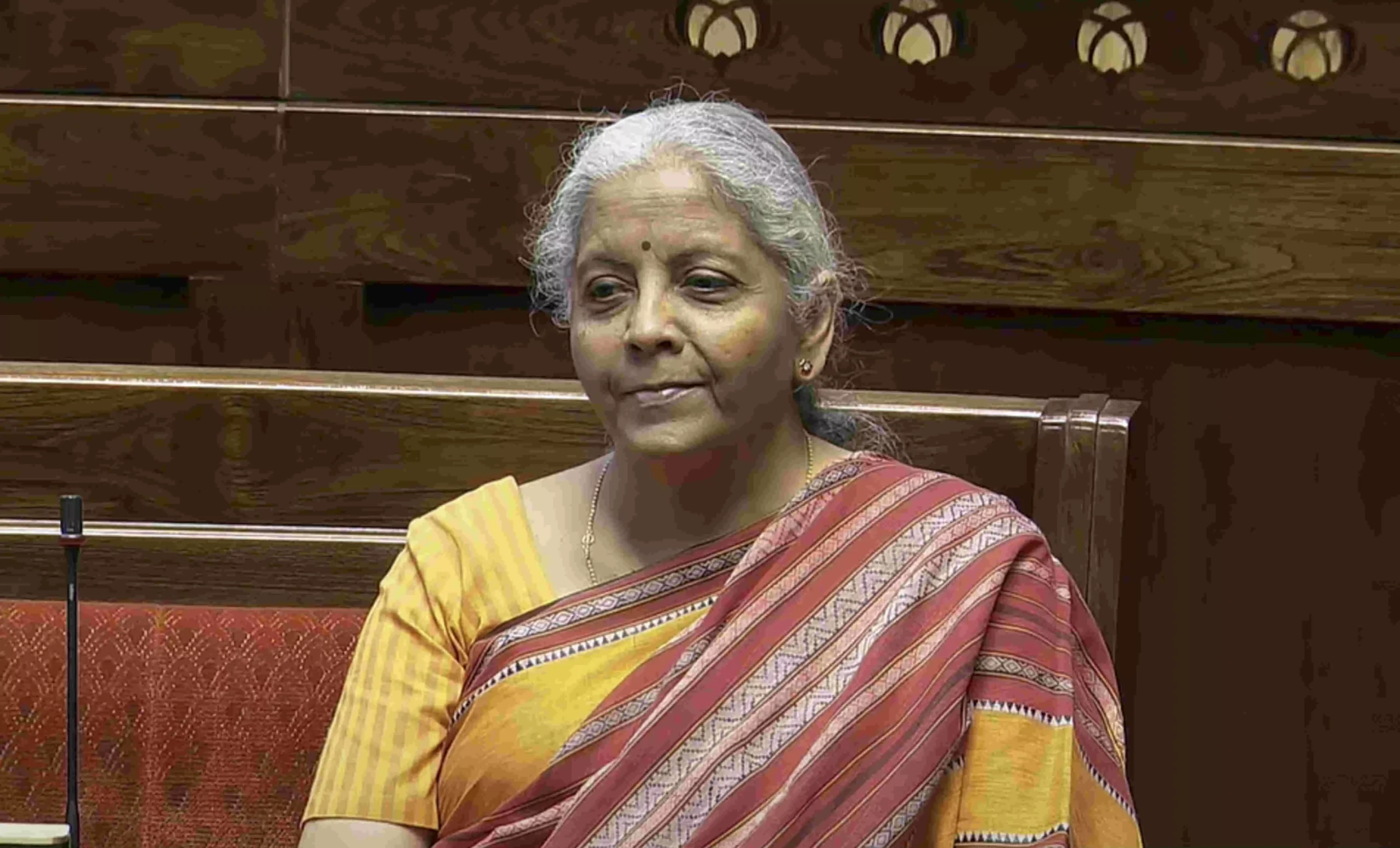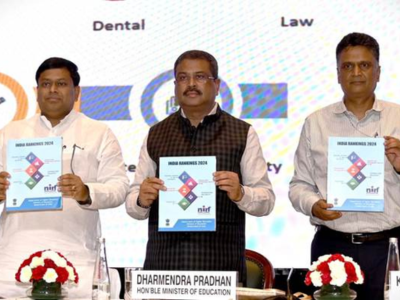Table of Contents
ToggleFM to launch “NITI NCAER States Economic Forum” portal on 1st April, 2025 in New Delhi
NITI Aayog, in collaboration with the National Council of Applied Economic Research (NCAER), has introduced a portal that serves as an extensive repository of information on social, economic, and fiscal parameters, alongside research reports, papers, and expert commentary on State Finances over the last 30 years (1990-91 to 2022-23). This “NITI NCAER States Economic Forum” portal is set to be officially launched by Hon’ble Finance Minister Ms. Nirmala Sitharaman on April 1, 2025, in New Delhi.
#BigNews 🚨Finance Minister Nirmala Sitharaman to launch “NITI NCAER States Economic Forum” portal on 1st April.#NirmalaSitharaman #NACER pic.twitter.com/GdWCCIePDO
— Uday India Magazine (@udayindiaNews) March 31, 2025
The portal comprises four key components:
State Reports: These offer a summary of the macroeconomic and fiscal landscape of 28 Indian States, featuring indicators related to demographics, economic structure, and socio-economic as well as fiscal metrics.
Data Repository: This feature provides direct access to a structured database across five categories: Demography, Economic Structure, Fiscal, Health, and Education.
State Fiscal and Economic Dashboard: A visual tool that presents key economic variables over time using graphical representations, with supplementary options to access raw data and summary tables.
Research and Commentary: Drawing from comprehensive research, this section explores critical aspects of state-level fiscal policy, financial management, and overall state finances.
FM @nsitharaman to launch NITI NCAER States Economic Forum portal in New Delhi tomorrow. @NITIAayog in collaboration with the National Council of Applied Economic Research NCAER, has developed the portal which is a comprehensive repository of data on social, economic and fiscal… pic.twitter.com/PDHZunI7jG
— All India Radio News (@airnewsalerts) March 31, 2025
The portal aims to enhance understanding of macroeconomic, fiscal, demographic, and socio-economic trends through its accessible, user-friendly interface. It also consolidates sectoral data in one place, enabling users to benchmark data from one state against others or national figures. Furthermore, it serves as a valuable forum for policymakers, researchers, and others to engage in informed discussions using robust data.
Positioned as a dynamic research hub, the portal provides users with a wealth of data and analytical tools to conduct in-depth studies. With access to a historical database and real-time analytics, users can monitor progress, uncover emerging patterns, and craft evidence-based development policies.



